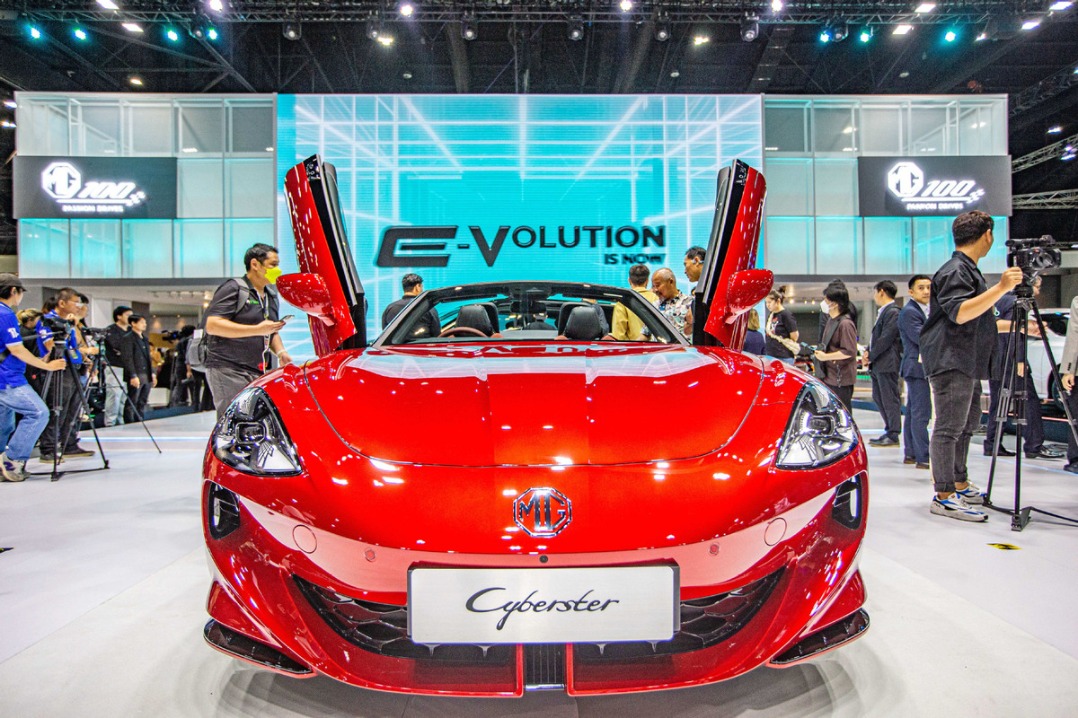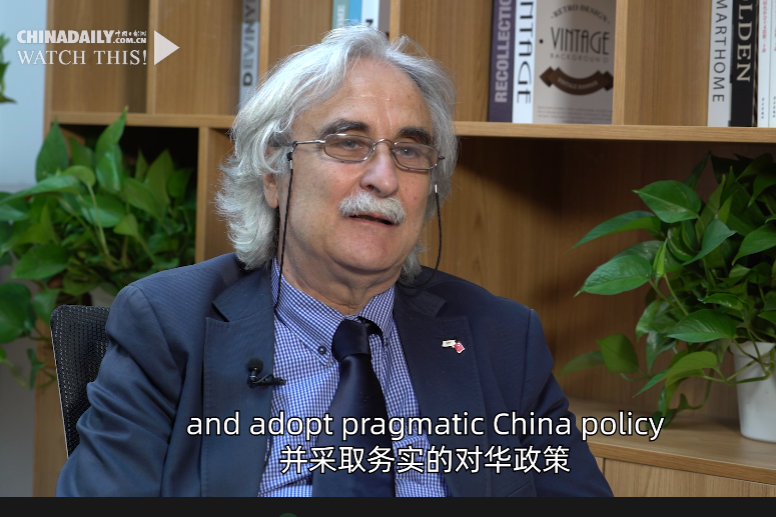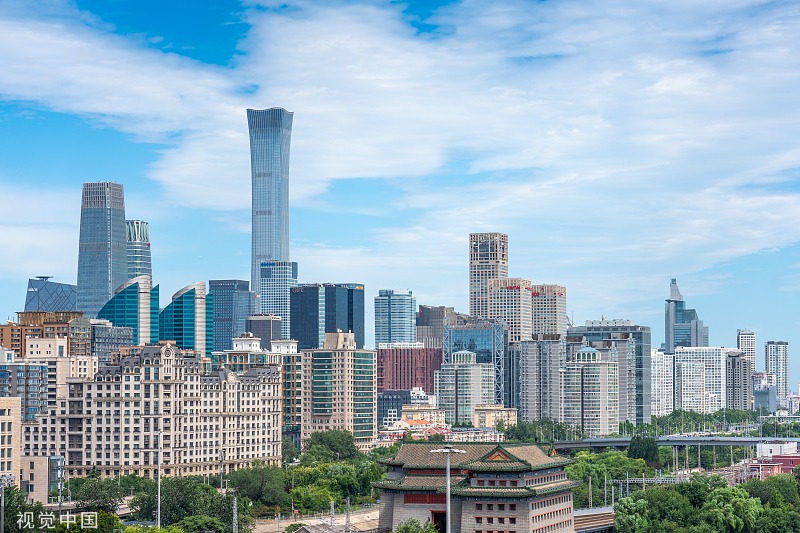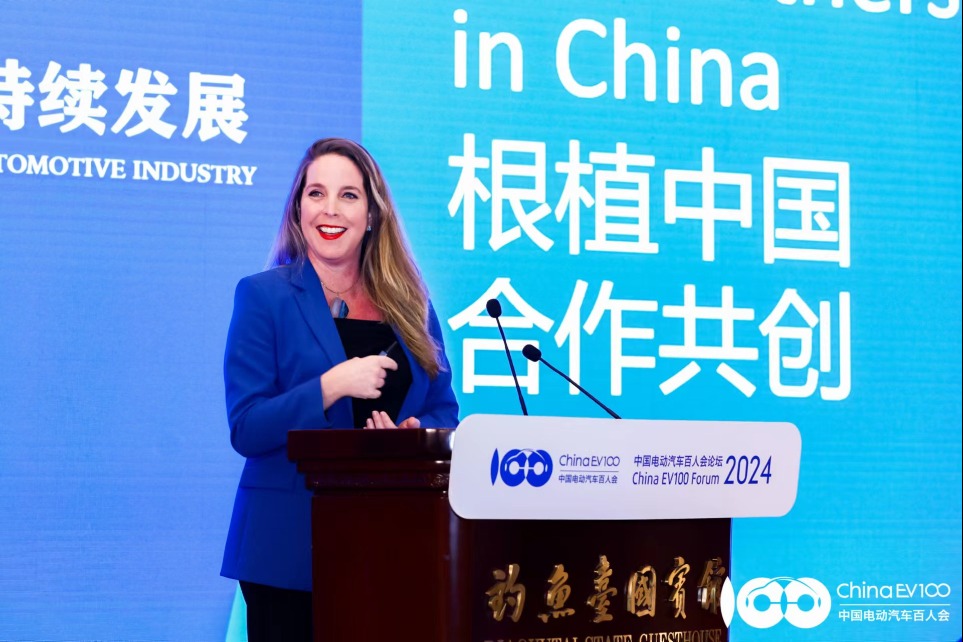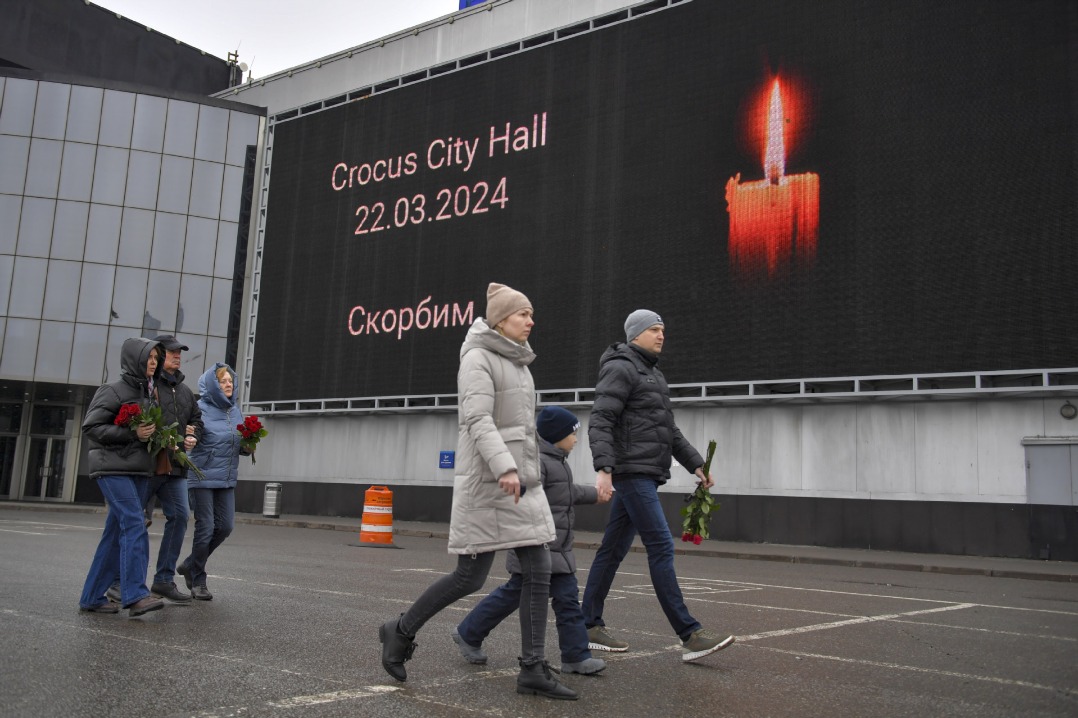Non-hospital prescription drug sales set to expand sharply
By Zheng Yiran | China Daily | Updated: 2019-11-19 09:38

China's market volume of non-hospital prescription drug sales is estimated to reach 250 billion yuan ($35.6 billion) by 2020 thanks to the country's medical reforms, industry experts said.
Wan Quan, deputy director of the research office of the Development Center for Medical Science and Technology at the National Health Commission, said non-hospital sales will become the next major outlet for the Chinese pharmaceutical retail market.
Since the government put forward a policy in nation to slash drug prices and broaden reforms in the healthcare sector, the price of the drugs chosen from the tender process has dropped sharply. With the advancement of drug consistency evaluation, there will be 200 to 300 types of drugs included in the national centralized procurement, market insiders said.
The policy is a national centralized procurement pilot program in late 2018 in four municipalities and seven local cities, or better known as "4+7".
As a result, drugs are no longer a profit center for hospitals, and all province-level localities are exploring a shift of prescription drug sales away from hospitals, the industry experts said.
Chu Shitao, executive deputy director of the primary care research institute at the China Medical Pharmaceutical Material Association, said that "currently, pharmacies are closely following the drugs that have passed the consistency evaluation, but did not win a bid in the national centralized procurement. These drugs must find new distribution channels, and the Direct to Patient (DTP) model, or other outside-of-hospital sales channel, is an inevitable choice.
"As long as the price is reasonable, pharmacies are well-positioned to grow their sales," he said.
Several years ago, the DTP model was not expected to undergo significant growth, as many hospitals tried to retain prescription drug sales within their own pharmacies.
The gradual reform of China's medical sector and the decision to separate medical services and drug sales meant non-hospital prescription drug sales in pharmacies became an inevitable trend.
In May 2017, the State Council released guidelines on comprehensive medical reform, clearly stating that medical institutions should not attempt to retain prescription drug sales.
They should explore the interconnection and real-time sharing between the prescription information of medical institutions, medical insurance settlement information and drug retail consumption information.
The policy gave the green light to the DTP business. Pharmacies such as JIANKE.com, LBX Pharmacy, and Yifeng Pharmacy, successfully stepped into the sector.
Jianke launched its first DTP pharmacy as early as in September 2016. It has now signed strategic partnerships with more than 1,000 domestic and international pharmaceutical enterprises. Currently, Jianke offers 680,000 stock keeping units, with 170,000 drug stock keeping units, including conventional drugs, newly approved drugs, specialty, and rare disease drugs.
"We have built a supply chain with direct access to pharmaceutical companies and wholesalers, which is vastly superior to the traditional multi-tiered supply chain. Pharmaceutical enterprises only need to supply drugs to our platform, where we can sell drugs directly to patients in accordance with their prescriptions. The online DTP model, or eDTP model offers drug availability to patients without geographic limitations, and at an affordable price," said Jianke CEO Xie Fangmin.
Physical drugstores are also aiming to grab their share in the boom. According to physical drugstore LBX Pharmacy, its sales of prescription medicine took up over 50 percent of its total sales, which was already a high ratio.
Data from market research firm IQVIA showed that at present, the growth rate of the sales of prescription medicine in retail pharmacies overtook that of hospitals and primary medical institutions.
In 2018, prescription medicine sold in retail stores surged by 6.9 percent year-on-year to more than 130 billion yuan, accounting for nearly half of the total retail drug sales.
As promising as the future is, many challenges remain for outside hospital prescription drug sales. Xie said new business models for retail pharmaceutical drugs must be developed.
As the previous hospital-based distribution system is gradually dismantled, establishing new outside hospital distribution channels for the logistics industry also takes time.
"Social medical insurance is another key issue. Currently, reimbursements for patients mostly occur at hospitals. As patients move to purchase drugs outside of hospital pharmacies, social medical insurance will be opened more broadly to other channels."
"Social medical insurance is increasingly seeking to impose cost controls on drugs, which is more easily accomplished in the public hospital setting. But as patients look for wider selection outside of hospital pharmacies, this goal may be more difficult to accomplish. The key is to balance the interests of all stakeholders to come up with comprehensive solutions," he said.







